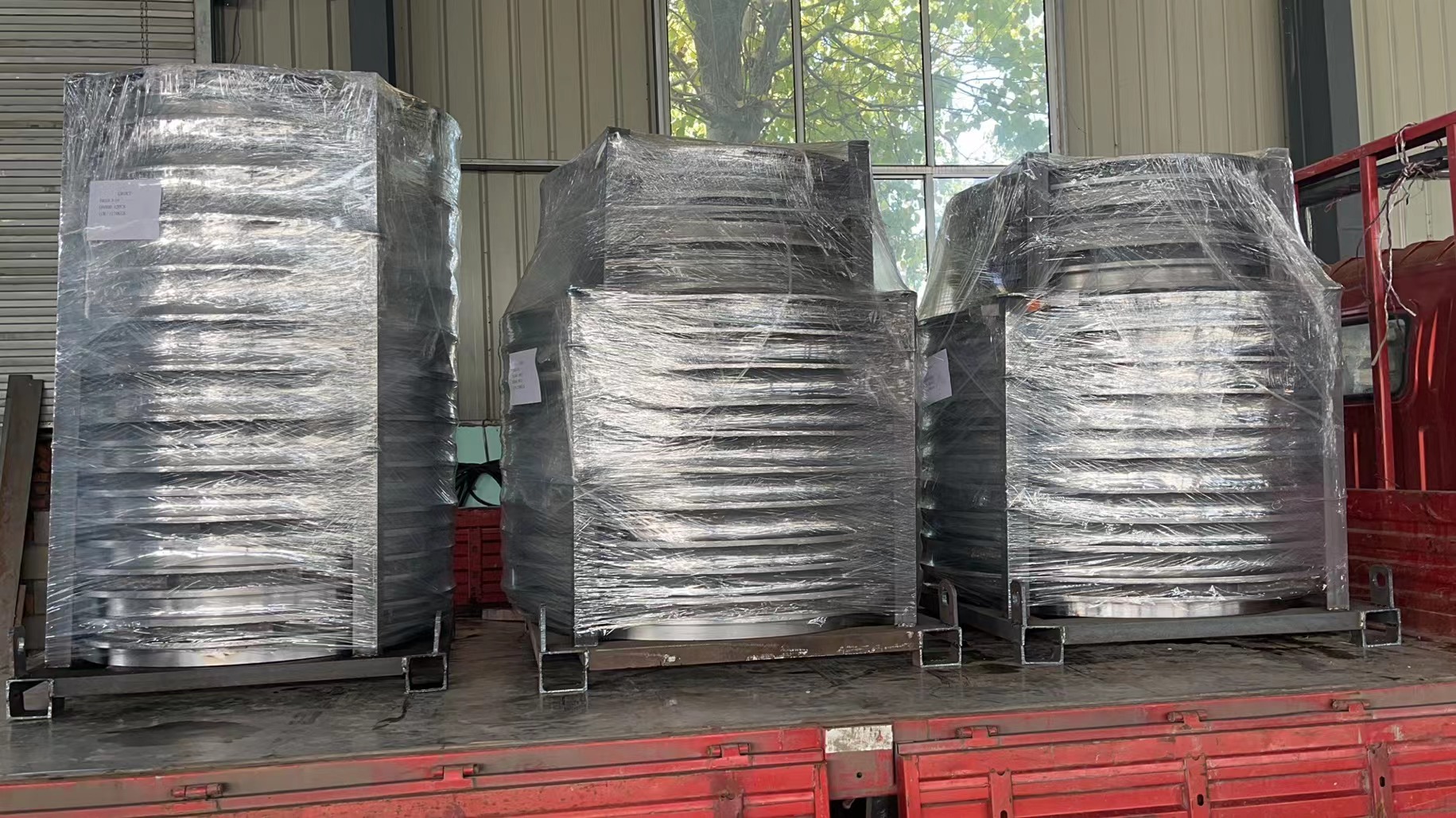10 月 . 09, 2024 17:31 Back to list
Optimizing Efficiency in Gas Heat Exchanger Systems for Enhanced Performance and Reliability
Gas Heat Exchanger An Overview
A gas heat exchanger is an essential device used to transfer heat between two or more fluids without mixing them. In various industrial applications, including power generation, HVAC systems, and chemical processing, gas heat exchangers serve a critical role in enhancing energy efficiency and optimizing thermal performance.
At its core, a gas heat exchanger operates on the principle of thermal conductivity, where heat is exchanged between hot and cold fluids through a solid wall. The fluids can be gases or liquids, and their efficient interaction significantly improves system performance. There are several types of gas heat exchangers, including air-to-air, air-to-water, and gas-to-liquid configurations, each designed for specific applications and operational requirements.
One common type is the shell-and-tube heat exchanger, which consists of a series of tubes housed within a larger shell. One fluid flows through the tubes, while the other circulates around the outer surface, enabling heat exchange. Another popular design is the plate heat exchanger, which features multiple thin plates stacked together, allowing for efficient contact between the fluids.
gas heat exchanger

The efficiency of a gas heat exchanger can be influenced by several factors, including the flow arrangement (counterflow, parallel flow, or crossflow), the surface area for heat transfer, and the temperature difference between the fluids
. Optimizing these parameters is crucial in achieving higher performance and reducing energy consumption.In industrial processes, the implementation of gas heat exchangers can lead to significant cost savings by recovering waste heat from exhaust gases or hot vapors, thus reducing the need for additional heating sources. This not only lowers operational costs but also contributes to more sustainable practices by minimizing greenhouse gas emissions.
Moreover, advancements in materials and design technologies have enhanced the performance and longevity of gas heat exchangers. Innovative coatings and robust manufacturing techniques have resulted in devices capable of withstanding high temperatures and pressures, making them suitable for extreme operational environments.
In conclusion, gas heat exchangers are vital components in modern energy systems. Their ability to recover and transfer heat efficiently plays a significant role in improving energy utilization and environmental sustainability. As industries continue to focus on energy efficiency and emissions reduction, the importance of gas heat exchangers will undoubtedly continue to grow, driving further innovations in design and application.
-
Centrifugally Cast Iron Water Main Pipe for Reliable Mains
NewsAug.22,2025
-
Durable Centrifugally Cast Iron Water Main Pipe
NewsAug.11,2025
-
Centrifugally Cast Iron Water Main Pipes for Reliability
NewsAug.10,2025
-
High-Quality Centrifugally Cast Iron Water Main Pipes
NewsAug.09,2025
-
Durable Cast Iron Water Main Pipe & Drainage Solutions
NewsAug.08,2025
-
Buy Cast Iron Pipe: Premium Ductile Iron & Drain Solutions
NewsAug.07,2025


